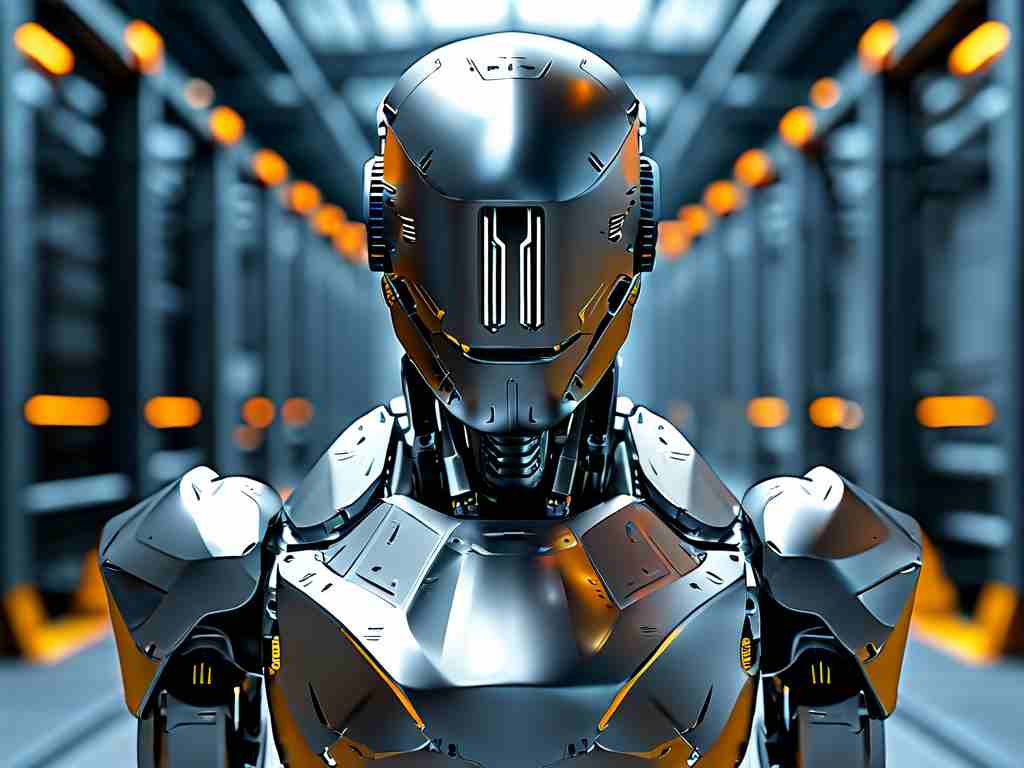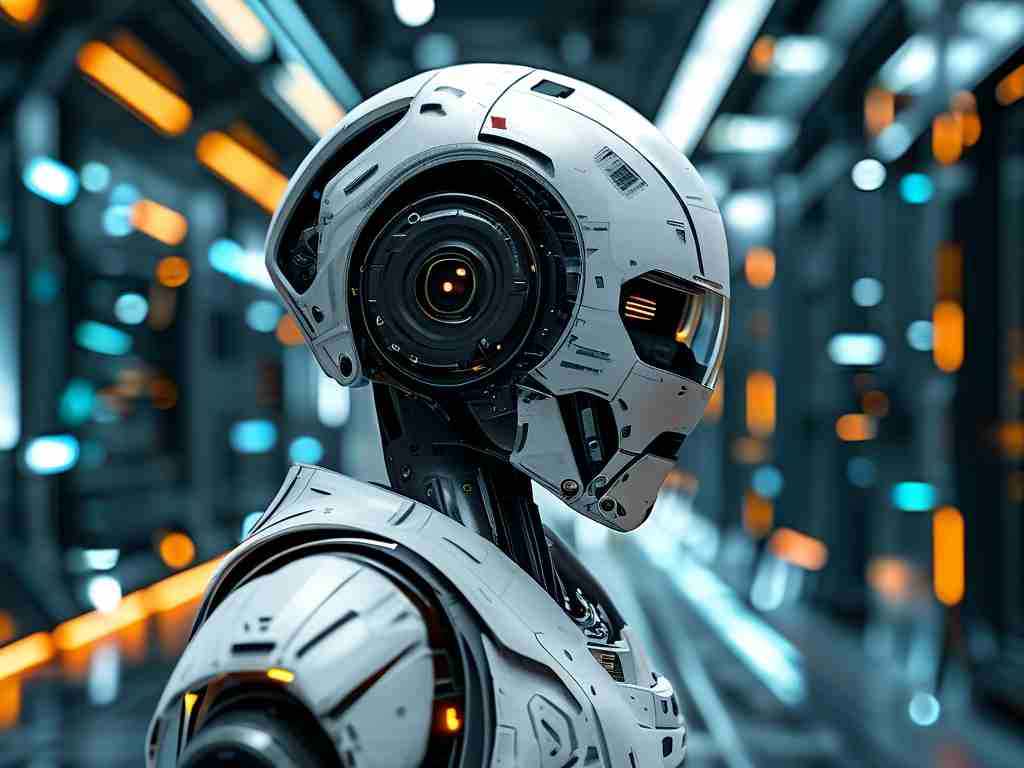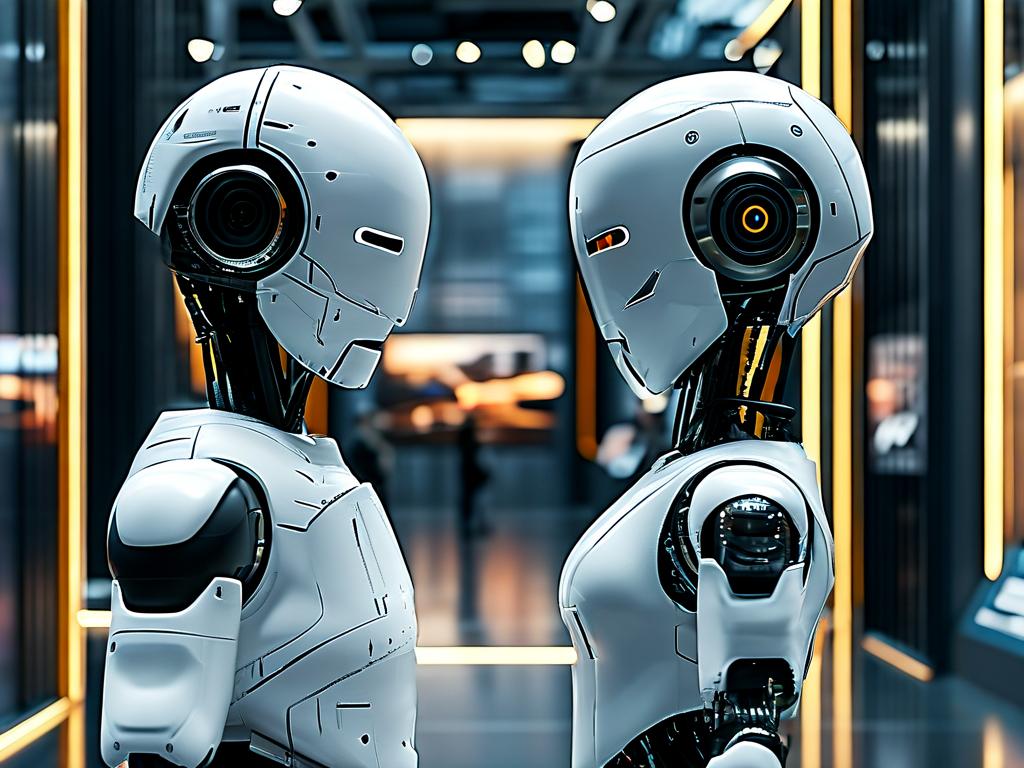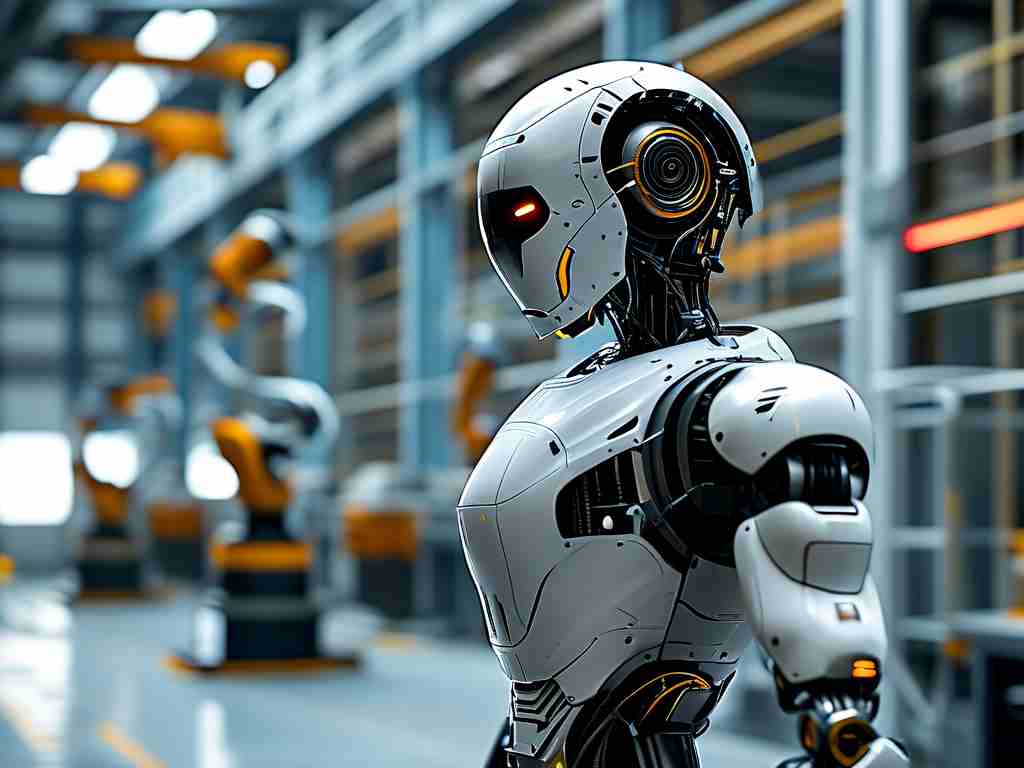The rapid evolution of robotics technology has transformed industries, from manufacturing to healthcare, creating a pressing need for skilled professionals and innovative frameworks. As automation reshapes global economies, cultivating expertise in robotics has become a cornerstone of technological advancement. This article explores strategies for nurturing robotics talent, emerging trends in the field, and the ethical considerations that accompany these developments.
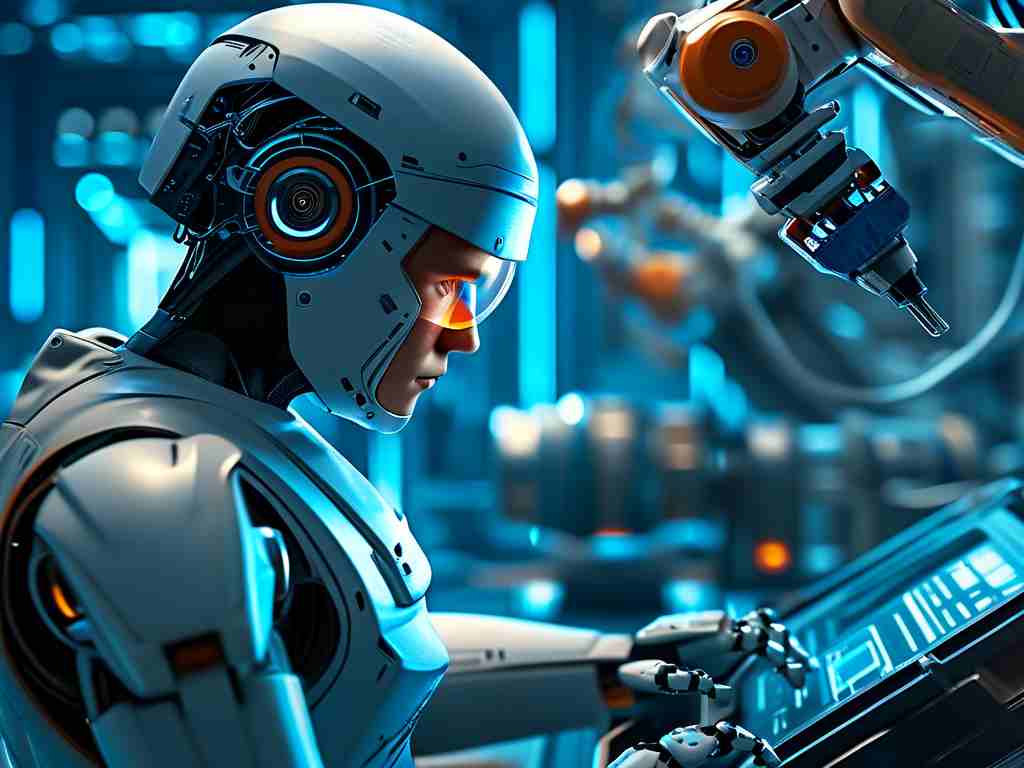
The Importance of Robotics Education
A robust educational foundation is critical for advancing robotics technology. Universities and vocational institutes are increasingly integrating interdisciplinary programs that combine mechanical engineering, computer science, and artificial intelligence (AI). For instance, institutions like MIT and Stanford now offer specialized courses in robotic systems design, emphasizing hands-on projects such as building autonomous drones or collaborative robots (cobots). These programs not only teach technical skills but also foster problem-solving abilities through real-world challenges like disaster response simulations or precision agriculture tasks.
Beyond formal education, online platforms like Coursera and edX have democratized access to robotics knowledge. Open-source tools such as ROS (Robot Operating System) enable hobbyists and professionals alike to experiment with low-cost hardware like Raspberry Pi or Arduino. Community-driven initiatives, including robotics competitions like FIRST Robotics, further inspire youth to engage with the field early, bridging the gap between theory and practice.
Technological Breakthroughs Driving Progress
Recent advancements in AI and machine learning have propelled robotics into new frontiers. Reinforcement learning algorithms, for example, allow robots to adapt dynamically to unstructured environments. Boston Dynamics’ Spot robot exemplifies this capability, navigating rough terrains and performing inspections in hazardous settings. Similarly, breakthroughs in soft robotics—a subfield focused on flexible materials—are enabling machines to handle delicate objects, revolutionizing industries like food packaging and minimally invasive surgery.
Sensor fusion technology is another game-changer. By integrating data from LiDAR, cameras, and inertial measurement units (IMUs), robots achieve unprecedented situational awareness. Autonomous vehicles, such as Tesla’s self-driving cars, rely on these systems to interpret complex traffic scenarios. Meanwhile, collaborative robots equipped with force-torque sensors can work safely alongside humans, enhancing productivity in assembly lines.
Ethical and Societal Implications
As robotics technology permeates daily life, ethical dilemmas emerge. Job displacement remains a contentious issue: a World Economic Forum report estimates that by 2025, automation could displace 85 million jobs while creating 97 million new roles. Addressing this transition requires policies focused on workforce reskilling and universal basic income trials, as seen in Finland and Canada.
Privacy concerns also loom large. Service robots in healthcare or hospitality often collect sensitive data, raising questions about data ownership and cybersecurity. The European Union’s General Data Protection Regulation (GDPR) provides a framework, but global standards remain fragmented. Additionally, the militarization of robotics—such as drone swarms used in conflict zones—demands international agreements to prevent misuse.
Future Applications and Collaborative Efforts
Looking ahead, robotics is poised to tackle grand challenges like climate change and aging populations. Agricultural robots equipped with AI vision systems can optimize crop yields while reducing pesticide use. In healthcare, exoskeletons and telepresence robots are improving quality of life for patients with mobility impairments. Japan’s PARO therapeutic robot, a seal-like companion for dementia patients, highlights the emotional dimensions of human-robot interaction.
Cross-industry collaboration will accelerate progress. Partnerships between academia and corporations—such as Toyota’s collaboration with the University of Michigan on autonomous driving—are vital for translating research into scalable solutions. Governments, too, play a role: South Korea’s “Robot Convergence 2025” initiative invests $450 million in smart factories and service robotics, aiming to position the country as a global leader.
Cultivating robotics technology demands a multifaceted approach: nurturing talent through education, fostering innovation via cutting-edge research, and addressing ethical concerns through inclusive policymaking. As robots evolve from tools to collaborators, their integration into society must prioritize human-centric values. By balancing technological ambition with social responsibility, we can harness robotics to build a more efficient, equitable, and sustainable future.



